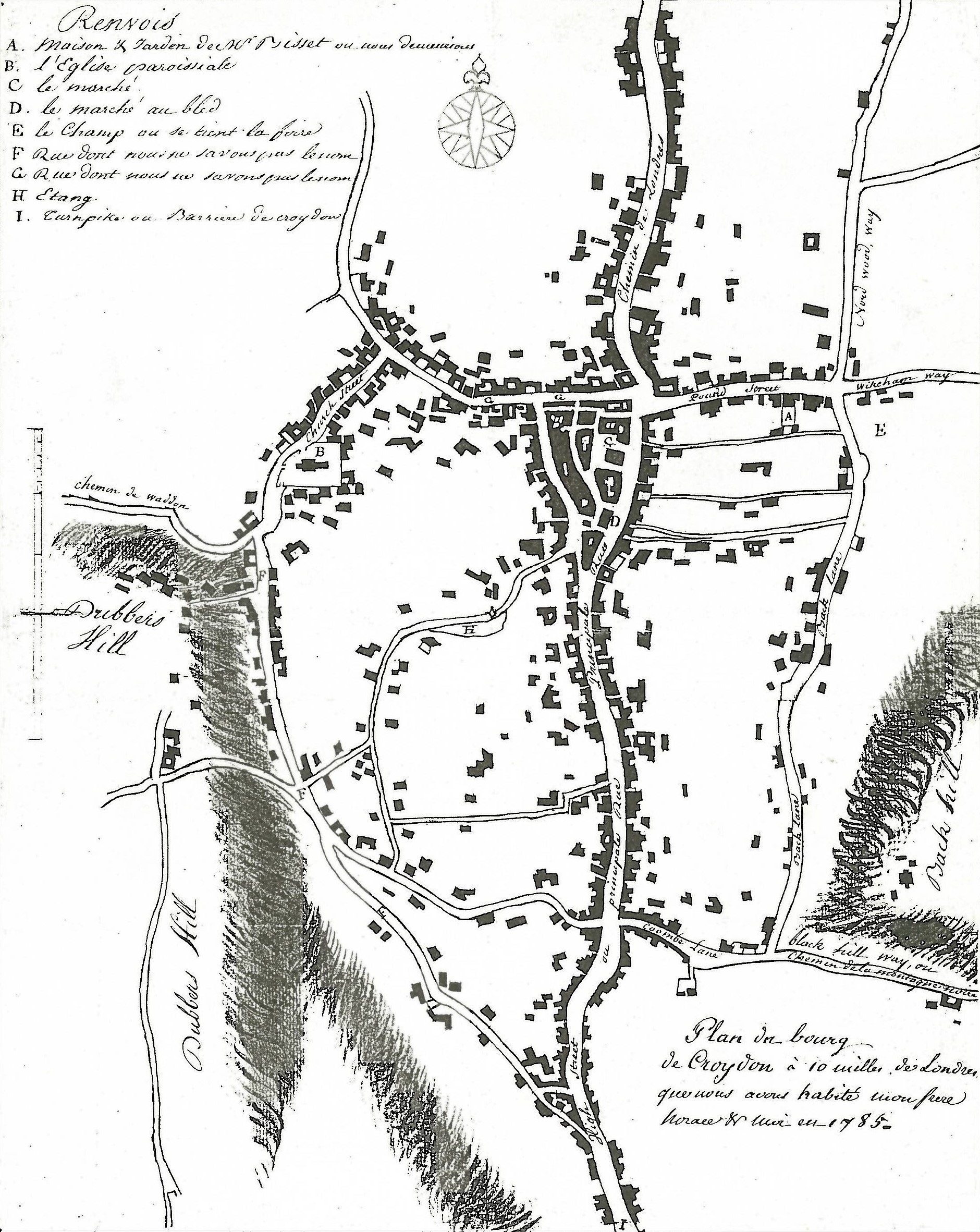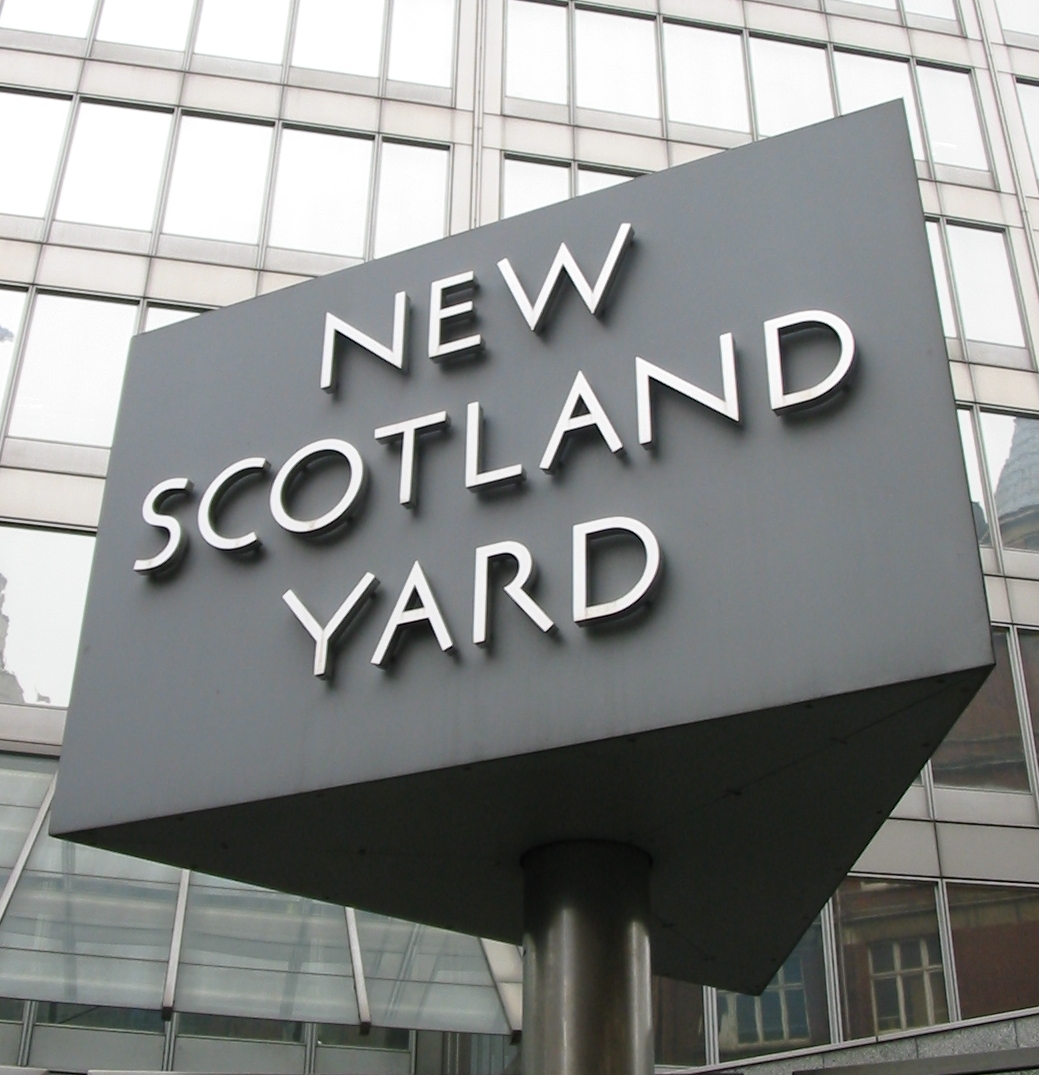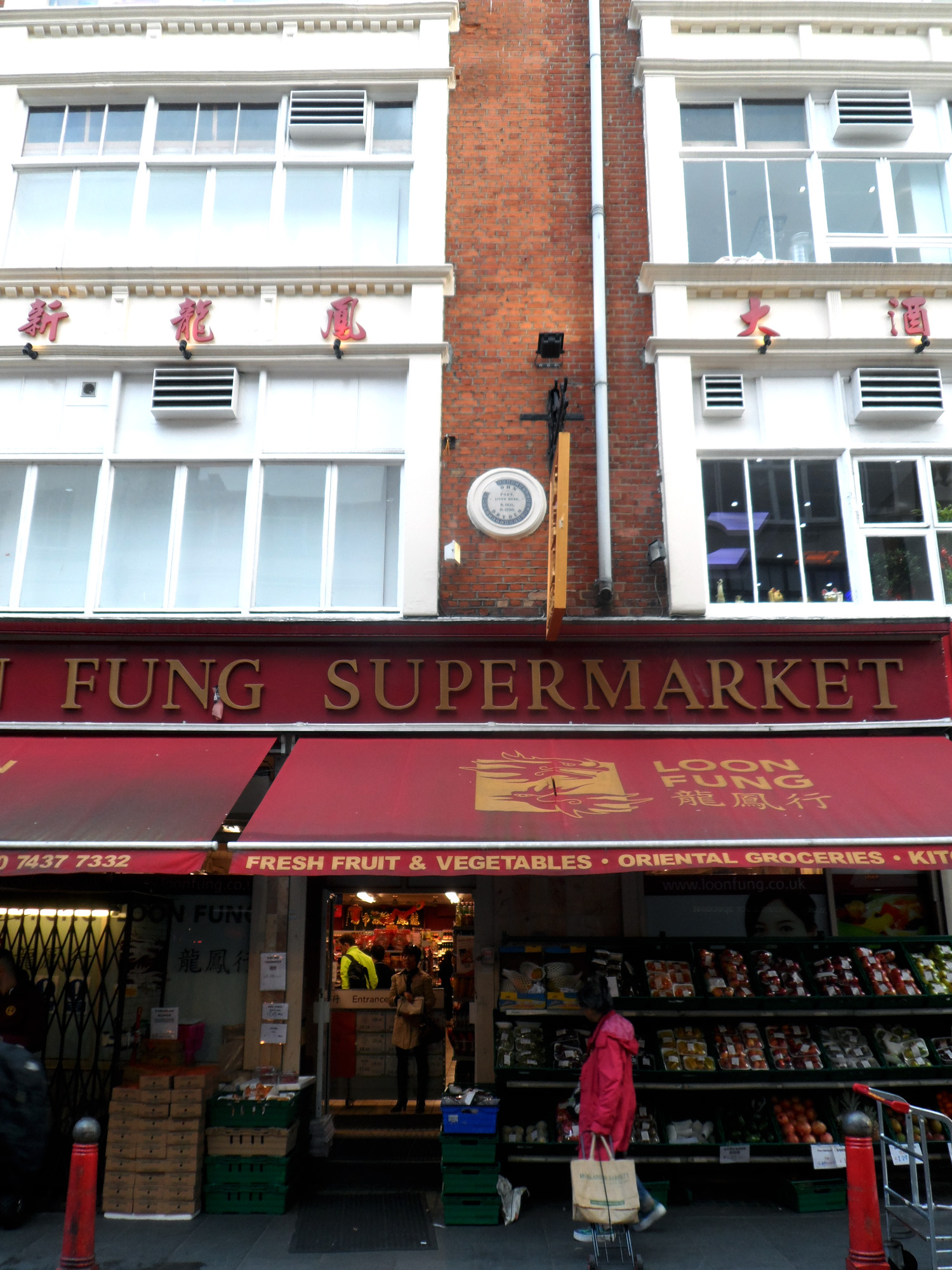|
Joey Pyle
Joseph Henry Pyle (2 November 1937 – 17 February 2007), known as Joey Pyle or Joe Pyle, was an English gangland boss, convicted criminal, and pioneer and promoter of unlicensed boxing, who operated in London from the 1950s until his final arrest and conviction in 1992. An associate of the Krays and the Richardsons, and "one of the most feared members of the London underworld",Woodland, 2015, p. 65. he was known as the "London Don of Dons" by the New York Mafia.McKay and Ferris, 2005. Less well known to the general public than many of his contemporaries in the underworld, Pyle was a key police target during his criminal career, but although arrested and charged many times, he seldom served time in prison, unlike many of the gangland figures with whom he was associated. Early life Joey Pyle was born on 2 November 1937Davidson, 2005, p. 3 (his tombstone in Merton and Sutton Cemetery gives his date of birth as 1935) in The Angel, Islington, London, the son of Arnie and Cath Pyle ... [...More Info...] [...Related Items...] OR: [Wikipedia] [Google] [Baidu] |
The Angel, Islington
The Angel, Islington, is a historic landmark and a series of buildings that have stood on the corner of Islington High Street and Pentonville Road in Islington, London, England. The land originally belonged to the Clerkenwell Priory and has had various properties built on it since the 16th century. An inn on the site was called the "Angel Inn" by 1614, and the crossing became generally known as "the Angel". The site was bisected by the New Road, which opened in 1756, and properties on the site have been rebuilt several times up to the 20th century. The corner site gave its name to Angel tube station, opened in 1901, and the surrounding Angel area of London. The current structure was completed in 1903 and was known as the Angel Hotel. The building was acquired by J. Lyons and Co. in 1921 and was used as a restaurant. In 1935 it was chosen as a property for the British version of ''Monopoly''. The building was sold to the London County Council in 1959 to be demolished as part ... [...More Info...] [...Related Items...] OR: [Wikipedia] [Google] [Baidu] |
Islington
Islington ( ) is an inner-city area of north London, England, within the wider London Borough of Islington. It is a mainly residential district of Inner London, extending from Islington's #Islington High Street, High Street to Highbury Fields and Regent's Canal, encompassing the area around the busy High Street, Upper Street, Essex Road, and Southgate Road to the east. History Etymology The manor of Islington was named by the Saxons ''Giseldone'' (1005), then ''Gislandune'' (1062). The name means "Gīsla's hill" from the Old English personal name ''Gīsla'' and ''dun (fortification), dun'' ("hill", "Downland, down"). The name later mutated to ''Isledon'', which remained in use well into the 17th century when the modern form arose. [...More Info...] [...Related Items...] OR: [Wikipedia] [Google] [Baidu] |
List Of James Bond Films
James Bond is a fictional character created by British novelist Ian Fleming in 1953. A British secret agent working for MI6 under the codename 007, Bond has been portrayed on film in twenty-seven productions by actors Sean Connery, David Niven, George Lazenby, Roger Moore, Timothy Dalton, Pierce Brosnan, and Daniel Craig. Eon Productions, which now holds the adaptation rights to all of Fleming's Bond novels, made all but two films in the film series. In 1961, producers Albert R. Broccoli and Harry Saltzman purchased the filming rights to Fleming's novels. They founded Eon Productions and, with financial backing by United Artists, produced '' Dr. No'', directed by Terence Young and featuring Connery as Bond. Following its release in 1962, Broccoli and Saltzman created the holding company Danjaq to ensure future productions in the ''James Bond'' film series. The Eon series currently has twenty-five films, with the most recent, '' No Time to Die'', released in Septem ... [...More Info...] [...Related Items...] OR: [Wikipedia] [Google] [Baidu] |
Croydon
Croydon is a large town in South London, England, south of Charing Cross. Part of the London Borough of Croydon, a Districts of England, local government district of Greater London; it is one of the largest commercial districts in Greater London, with an extensive shopping area. The entire town had a population of 192,064 as of 2011, whilst the wider borough had a population of 384,837. Historically an ancient parish in the Wallington Hundred of Surrey, at the time of the Norman conquest of England Croydon had a church, a mill, and around 365 inhabitants, as recorded in the Domesday Book of 1086. Croydon expanded in the Middle Ages as a market town and a centre for charcoal production, leather tanning and brewing, with the brewing industry in particular remaining strong for hundreds of years. The Surrey Iron Railway from Croydon to Wandsworth opened in 1803 and was an early public railway. Later 19th century railway building facilitated Croydon's growth as a commuter town for L ... [...More Info...] [...Related Items...] OR: [Wikipedia] [Google] [Baidu] |
Balham
Balham () is an List of areas of London, area in south-west London, England, in the London Borough of Wandsworth, with small parts extending into the neighbouring London Borough of Lambeth. It has been settled since Saxon times and appears in the Domesday Book as Belgeham. The area saw significant development after the opening of Balham railway station in 1856. During World War II, Balham Underground station suffered heavy damage from The Blitz, air raids, killing around 64 people. In 1974, a bomb planted by the Provisional IRA exploded near government buildings in the area. Balham is between four south London commons. The town centre features a variety of bars, restaurants, and shops, and the area is economically and culturally diverse. The Polish, Irish, Portuguese, Somali, Pakistani, and Brazilian communities are well-represented in Balham. Notable landmarks in the area include the Bedford, a pub venue for live music and comedy, the distinctive Art Deco-designed Du Cane Cou ... [...More Info...] [...Related Items...] OR: [Wikipedia] [Google] [Baidu] |
Scotland Yard
Scotland Yard (officially New Scotland Yard) is the headquarters of the Metropolitan Police, the territorial police force responsible for policing Greater London's London boroughs, 32 boroughs. Its name derives from the location of the original Metropolitan Police headquarters at 4 Whitehall Place, which had its main public entrance on the Westminster street called Great Scotland Yard. The Scotland Yard entrance became the public entrance, and over time "Scotland Yard" came to be used not only as the common name of the headquarters building, but also as a metonym for the Metropolitan Police Service (MPS) itself and police officers, especially detectives, who serve in it. ''The New York Times'' wrote in 1964 that, just as Wall Street gave its name to New York's financial district, Scotland Yard became the name for police activity in London. The force moved from Great Scotland Yard in 1890, to a newly completed building on the Victoria Embankment, and the name "New Scotland Yard" ... [...More Info...] [...Related Items...] OR: [Wikipedia] [Google] [Baidu] |
Specialist Operations
The Specialist Operations directorate is a unit of the Metropolitan Police in London, England. It is responsible for providing specialist policing capabilities, including national security and counter-terrorism operations. As of May 2025, the Specialist Operations directorate is led by Assistant Commissioner of Police of the Metropolis, Temporary Assistant Commissioner Vicki Evans. History It was formed on 11 March 1985 by Commissioner Kenneth Newman. At its peak, Specialist Operations (SO) was a group of twenty specialist units, which were formed to give the Metropolitan Police a specialist policing capability. The SO designation was implemented in 1985 as part of Kenneth Newman, Sir Kenneth Newman's restructuring of the Metropolitan Police Service. Most of the units designated SO units were already in existence, many of them as branches within Assistant Commissioner of Police of the Metropolis#Lettered departments, C Department of New Scotland Yard, and all were presided over by ... [...More Info...] [...Related Items...] OR: [Wikipedia] [Google] [Baidu] |
William Gorman (politician)
Sir William Gorman (15 October 1891 – 21 December 1964) was an English barrister, judge and Liberal Party politician. Family and education Gorman was born in Wigan in Lancashire, the son of William Gorman, a shopkeeper in Wigan, and Catherine Jump. He was the grandson of Henry Gorman, also a Wigan shopkeeper, who was born in Tipperary, Ireland in 1825. He was educated at Wigan Grammar School. He never married.''Who was Who'', OUP 2007 Career Gorman went in for the law and was called to the Bar at the Middle Temple in 1921. He took silk in 1932. He practised on the Northern Circuit and was elected a Bencher of the Middle Temple in 1938, acting as its treasurer in 1959. He was made a judge in 1934, serving as Recorder of Wigan from 1934 to 1948 and was Recorder of Liverpool from 1948 to 1950. In 1950 he was appointed a Judge of the High Court of Justice, King's Bench Division. As Mr Justice Gorman, he was the judge who presided over the infamous A6 Murder trial, the longest murde ... [...More Info...] [...Related Items...] OR: [Wikipedia] [Google] [Baidu] |
Hanging
Hanging is killing a person by suspending them from the neck with a noose or ligature strangulation, ligature. Hanging has been a standard method of capital punishment since the Middle Ages, and has been the primary execution method in numerous countries and regions. The first known account of execution by hanging is in Homer's ''Odyssey''. Hanging is also a Suicide by hanging, method of suicide. Methods of judicial hanging There are numerous methods of hanging in execution that instigate death either by cervical fracture or by Strangling, strangulation. Short drop The short drop is a method of hanging in which the condemned prisoner stands on a raised support, such as a stool, ladder, cart, horse, or other vehicle, with the noose around the neck. The support is then moved away, leaving the person dangling from the rope. Suspended by the neck, the weight of the body tightens the noose around the neck, effecting strangulation and death. Loss of consciousness is typically rapid ... [...More Info...] [...Related Items...] OR: [Wikipedia] [Google] [Baidu] |
Old Spitalfields Market
Old Spitalfields Market is a covered Market (place), market in Spitalfields, London. There has been a market on the site for over 350 years. In 1991 it gave its name to New Spitalfields Market in Leyton, where fruit and vegetables are now traded. In 2005, a regeneration programme resulted in the new public spaces: Bishops Square and Crispin Place, which are now part of the modern Spitalfields Market. A range of public markets runs daily, with independent local stores and restaurants - as well as new office developments. It is situated in the London Borough of Tower Hamlets, just outside the City of London. The closest London Underground and mainline railway station is Liverpool Street station, Liverpool Street. Historic market There has been a market on the site since 1638 when Charles I of England, King Charles I gave a licence for flesh, fowl and roots to be sold on Spittle Fields, which was then a rural area on the eastern outskirts of London. After the rights to a market ... [...More Info...] [...Related Items...] OR: [Wikipedia] [Google] [Baidu] |
Dorset Street (Spitalfields)
Dorset Street, originally known as Datchet Street, was a street in Spitalfields, East London, once situated at the heart of the area's rookery. By repute it was "the worst street in London", and it was the scene of the brutal murder of Mary Jane Kelly by Jack the Ripper on 9 November 1888. The murder was committed at Kelly's lodgings which were situated at No. 13, Miller's Court, entered from a passageway between 26 and 27, Dorset Street. The road was renamed Duval Street in 1904, before having its north side demolished in 1928 during the rebuilding of Old Spitalfields Market, and the buildings on the south side replaced by a car park in the 1960s. The site was built over during redevelopment of the Fruit and Wool Exchange in the 2010s. History Laid out in 1674 and originally known as "Datchet Street" (probably from William Wheler of Datchet, who owned land in the area), it was given the name Dorset Street soon after. Locally, it was sometimes known as "Dosset Street" or ... [...More Info...] [...Related Items...] OR: [Wikipedia] [Google] [Baidu] |
Gerrard Street, London
Gerrard Street () is a street in the West End of London, in the Chinatown area. The street was built between 1677 and 1685 and originally named Gerrard Street after the military leader Charles Gerard, 1st Earl of Macclesfield who owned the land and used it as a training area. It was developed by the physician Nicholas Barbon. By the mid-18th century, it was known more for its coffee houses and taverns than as a place of residence. Residents John Dryden (1631–1700) lived for a while at 43 Gerrard Street, which is commemorated by a blue plaque. This building was later occupied by Rudolph Appel in 1851. Here he ran an anastatic lithography printing business until he relinquished the business in favour of Samuel Cowell of Ipswich in 1858. Another plaque, on number 9, marks the meeting of Samuel Johnson and Joshua Reynolds at the Turk's Head Tavern to found The Club (Literary Club), The Club, a dining club, in 1764. In fiction, Charles Dickens sets the home of Mr Jaggers, the ... [...More Info...] [...Related Items...] OR: [Wikipedia] [Google] [Baidu] |






